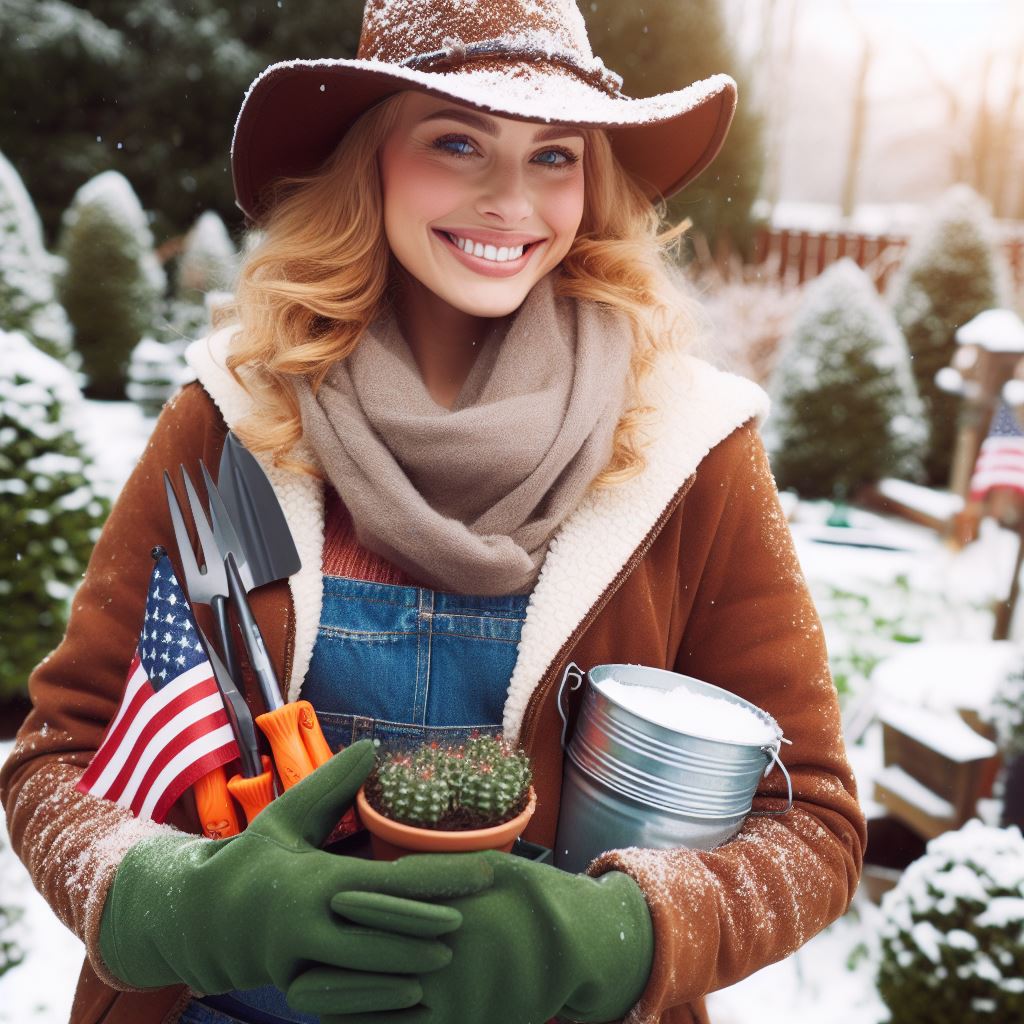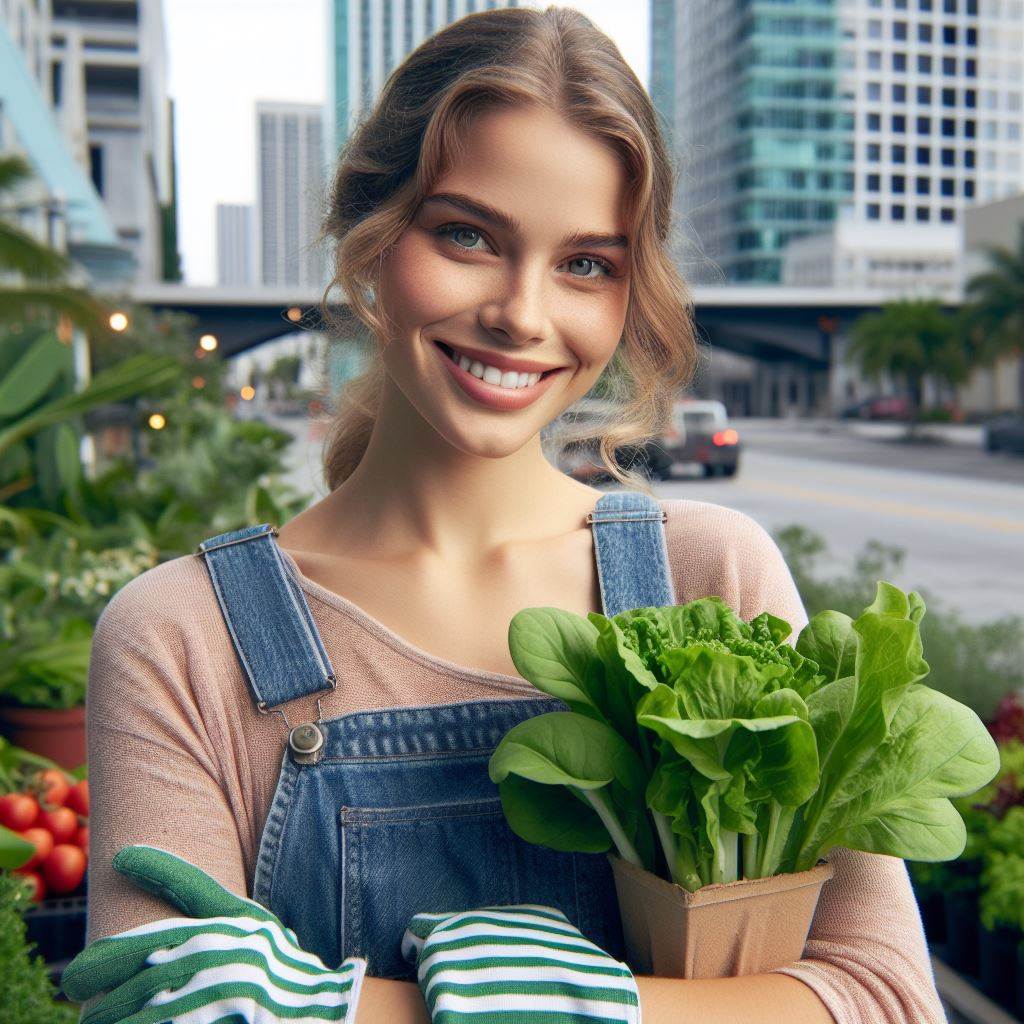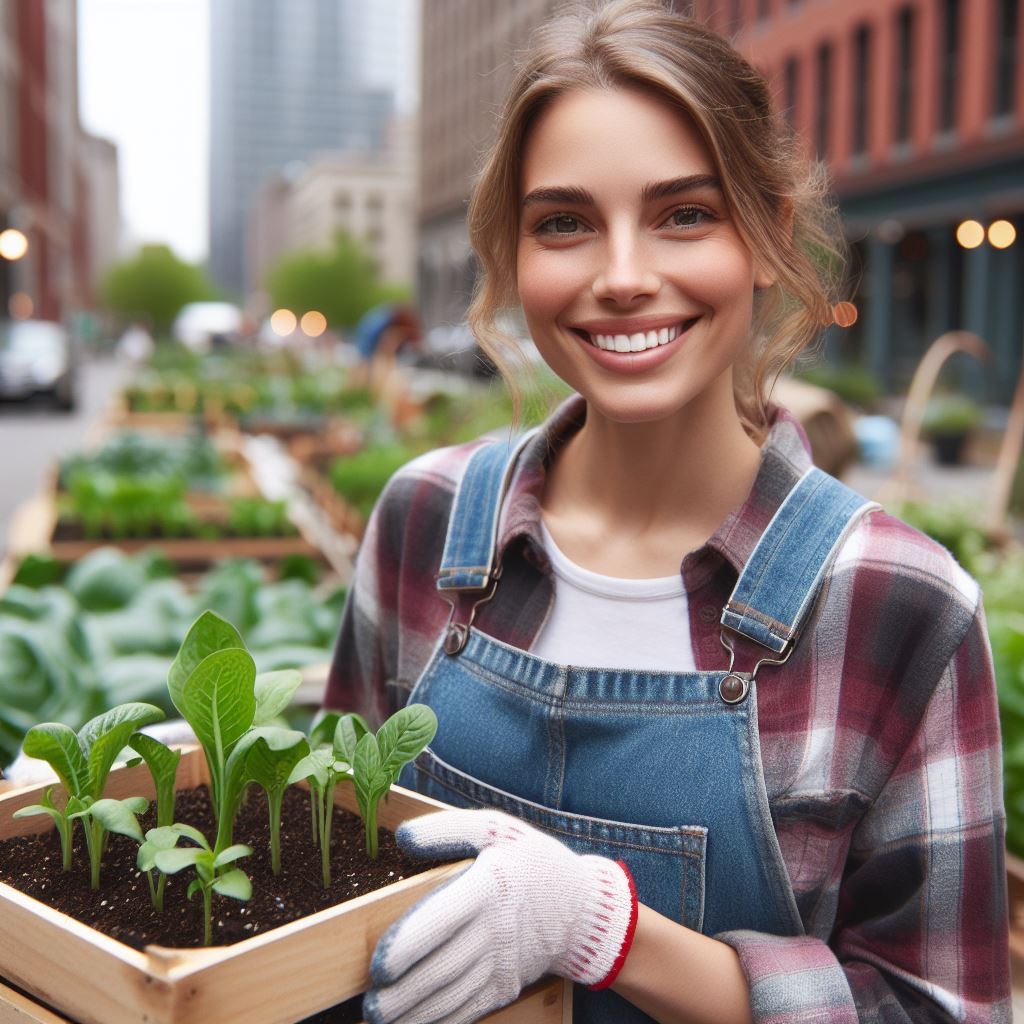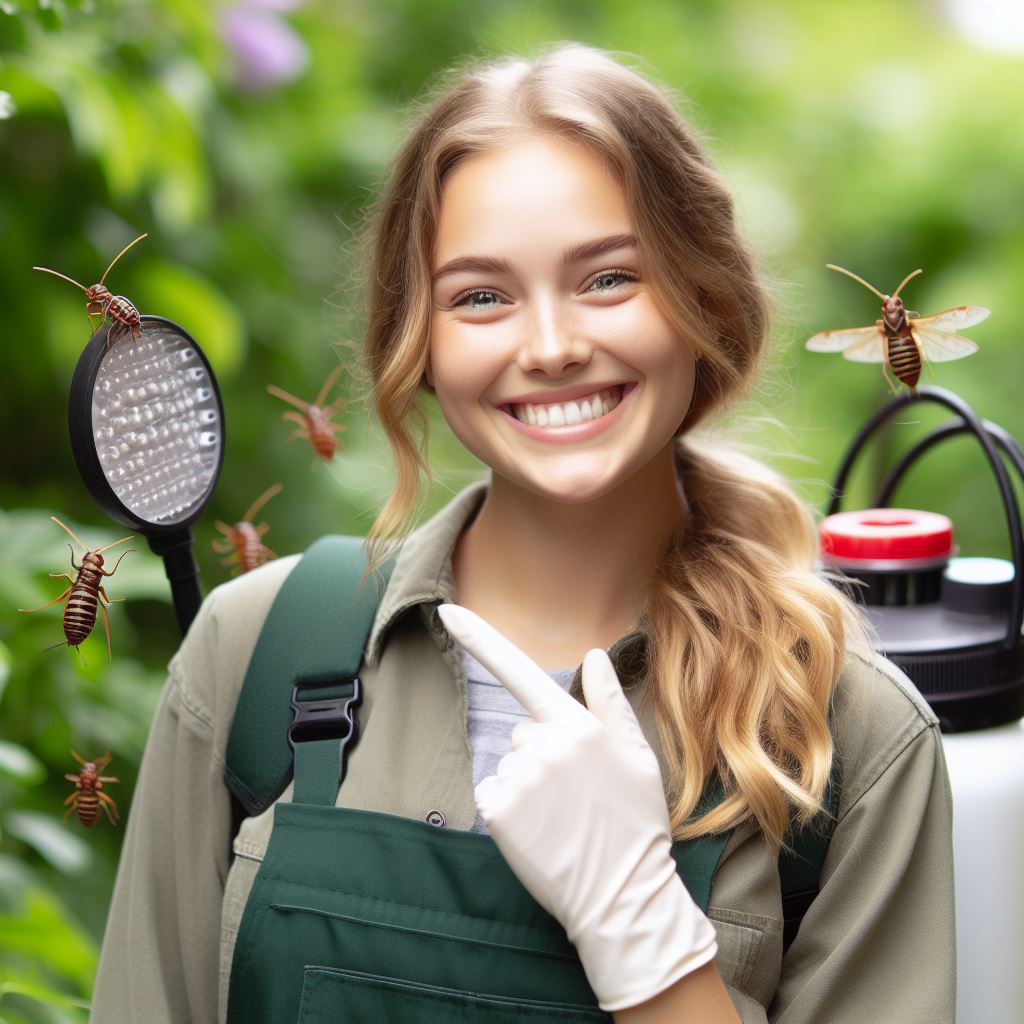Introduction
A. Importance of Water Efficiency in Small Gardens
- In small gardens, water conservation is paramount for sustainability.
- Efficient water use ensures thriving plants and environmental responsibility.
- Limited space requires strategic irrigation to maximize growth and minimize waste.
- Small-scale gardening demands a personalized, water-wise approach for optimal results.
B. Overview of the Savings Potential
- Water-efficient practices not only benefit the environment but also your wallet.
- Precise watering reduces utility bills, a significant advantage for budget-conscious gardeners.
- Minimal water waste fosters a greener, more sustainable lifestyle.
- This section explores practical tips to transform your small garden into a water-saving haven.
Stay tuned for actionable insights on irrigation, plant selection, and smart gardening techniques in subsequent sections.
Efficient gardening is the key to lush landscapes without draining your resources.
Assessing Water Needs
A. Determining the water requirements of different types of plants
When it comes to saving water in your small garden, one of the first things you need to do is assess the water needs of your plants.
Different plants have different requirements, so understanding these needs will help you effectively manage your water usage.
B. Common types of plants and their water requirements
1. Succulents and cacti
- These plants are known for their ability to store water in their leaves or stems.
- They require very little water, as they are adapted to arid climates.
- Overwatering can lead to root rot, so it’s important to water them sparingly.
2. Native plants
- Native plants are adapted to the local climate and require less water than non-native species.
- They have deep root systems that help them access water from lower soil layers.
- Once established, these plants can survive with minimal irrigation.
3. Annuals and vegetables
- These plants have a shorter lifespan and tend to require more water than perennials.
- Regular watering is necessary to support their rapid growth and high productivity.
- Mulching around these plants can help retain moisture in the soil.
C. Factors to consider: climate, soil type, and plant species
Aside from the type of plants you have in your garden, several other factors also influence water needs.
These include climate, soil type, and plant species.
1. Climate
- If you live in a region with hot and dry summers, your plants will require more water.
- In contrast, if you have a mild and wet climate, your plants may require less watering.
- Understanding your local climate will help you make informed decisions regarding irrigation.
2. Soil type
- Different soil types have varying water holding capacities.
- Sandy soils drain water quickly, requiring more frequent watering.
- Clay soils retain water for longer periods, reducing the need for frequent irrigation.
3. Plant species
- Each plant species has a different tolerance for drought or waterlogged conditions.
- Some plants, like ferns, thrive in moist soil, while others, like lavender, prefer drier conditions.
- Knowing the specific water requirements of your plant species will help prevent over or under-watering.
By considering these factors and gaining a deeper understanding of your plant’s water needs, you can minimize water wastage and promote water efficiency in your small garden.
Read: Urban Farm Water-Saving: Top 5 Effective Methods
Watering Techniques and Tools for Efficiency
A. Drip irrigation systems
- One method for achieving water efficiency in a small garden is by utilizing drip irrigation systems.
- Drip irrigation systems have several benefits, including reduced water waste, improved plant health, and time savings.
- Installing a drip irrigation system involves connecting a tube or pipe to a water source and installing emitters to deliver water directly to the plants’ roots.
- To install a drip irrigation system, measure the area, purchase the necessary materials, and follow the manufacturer’s instructions for installation.
- This method is effective in conserving water as it delivers water slowly and directly to the plants, reducing evaporation.
- Drip irrigation systems can be automated using timers, making it convenient for gardeners to maintain consistent watering schedules.
B. Soaker hoses
- Soaker hoses are an alternative option that can also save water in small gardens.
- These hoses have small pores that allow water to seep out slowly and directly into the soil.
- The advantages of using soaker hoses include reduced water loss due to evaporation and decreased weed growth.
- When using soaker hoses, it is important to lay them in a straight line along the plants’ root zones.
- Avoid overlapping or kinking the hoses to ensure even water distribution.
- Soaker hoses can be covered with mulch to help retain moisture in the soil and improve water efficiency.
C. Mulching
- Mulching plays a crucial role in water efficiency and can significantly benefit small gardens.
- There are different types of mulch available, including organic mulch, such as wood chips or straw, and inorganic mulch, such as stones or gravel.
- Mulch helps regulate soil temperature, reducing water loss through evaporation and preventing weed growth.
- Organic mulch improves soil structure, promotes nutrient retention, and provides a habitat for beneficial organisms.
- To properly mulch your garden, apply a layer of mulch around plants, ensuring it is not piled up against the stems.
- Maintain a sufficient thickness of mulch, around 2-3 inches, to enhance water retention and suppress weed growth.
In essence, implementing efficient watering techniques and utilizing appropriate tools can make a significant difference in water savings for small gardens.
Drip irrigation systems deliver water directly to plant roots, reducing waste and improving plant health.
Soaker hoses allow for slow and targeted watering, minimizing evaporation and weed growth.
Mulching helps regulate soil temperature, retain moisture, and prevent weed growth.
By using these methods and following proper installation and usage techniques, small garden owners can maximize water efficiency and contribute to a more sustainable environment.
Read: Marigolds: More Than Just Pretty
Smart Watering Schedules
A. Adjusting watering frequency and duration based on plant needs
Having a small garden does not mean compromising on water efficiency.
Transform Your Agribusiness
Unlock your farm's potential with expert advice tailored to your needs. Get actionable steps that drive real results.
Get StartedOne effective way to save water is by adjusting the watering frequency and duration based on the specific needs of your plants.
Different plants have different water requirements, so it’s essential to tailor your watering schedule accordingly.
To determine the watering needs of your plants, you can research their specific requirements or consult gardening experts and nurseries.
Consider factors such as the plant’s type, size, and maturity stage.
Some plants may require more water during hot and dry periods, while others thrive with less frequent watering.
Once you have a clear understanding of your plants’ needs, you can create a smart watering schedule.
Rather than watering them on a fixed routine, ensure that you monitor the soil moisture level and adjust accordingly.
Test the soil by inserting your finger into the ground to check if it feels dry or moist.
Only water the plants when necessary, avoiding overwatering, which can lead to root rot and other problems.
B. Utilizing weather-based irrigation controllers
Another way to optimize water usage in your small garden is by using weather-based irrigation controllers.
These controllers use real-time weather information to determine the appropriate watering schedule, taking into account factors such as temperature, humidity, and rainfall.
Weather-based irrigation controllers, also known as smart controllers, can be programmed to adjust watering based on current weather conditions.
They ensure that your plants receive the right amount of water without wasting any excess.
By integrating technology and weather data, these controllers promote water efficiency and help you save money on your water bills.
1. How they work and benefits
Weather-based irrigation controllers rely on weather sensors or access to local weather data from the internet.
The sensors provide information about temperature, humidity, and rainfall, allowing the controller to make informed decisions on when and how long to water the garden.
The primary benefit of using weather-based irrigation controllers is the elimination of guesswork.
Traditional irrigation systems often rely on fixed schedules or timers, which may lead to unnecessary water usage.
With smart controllers, the watering schedule is dynamically adjusted based on real-time weather conditions, ensuring that your plants receive water only when needed.
These controllers also contribute to water conservation by preventing overwatering during periods of rainfall or high humidity.
They promote healthier plants by delivering water more efficiently, reducing the risk of soil erosion and disease.
Additionally, by using these controllers, you can be confident in your garden’s water efficiency and contribute to sustainability efforts.
C. Recommendations for optimal watering schedules
To create the most efficient watering schedule for your small garden, consider the following recommendations:
- Water early in the morning or late in the evening: Watering during these times minimizes water loss due to evaporation, ensuring that the plants receive an adequate amount of water.
- Avoid watering on windy days: Wind can cause water to disperse unevenly, resulting in areas of your garden receiving too little water. Choose calm days for watering to optimize water distribution.
- Use a drip irrigation system: Drip irrigation delivers water directly to the plant’s root zone, minimizing water waste through evaporation or runoff. It is a highly efficient and targeted method of watering.
- Mulch your garden beds: Apply a layer of organic mulch, such as wood chips or straw, around your plants. Mulch helps retain soil moisture, reducing the frequency of watering.
By implementing these recommendations and incorporating smart watering schedules, you can ensure water efficiency in your small garden.
Showcase Your Farming Business
Publish your professional farming services profile on our blog for a one-time fee of $200 and reach a dedicated audience of farmers and agribusiness owners.
Publish Your ProfileNot only will you save water, but you’ll also save money on your water bills while promoting a healthy and vibrant garden.
Read: Soil Health for Pest/Disease Control
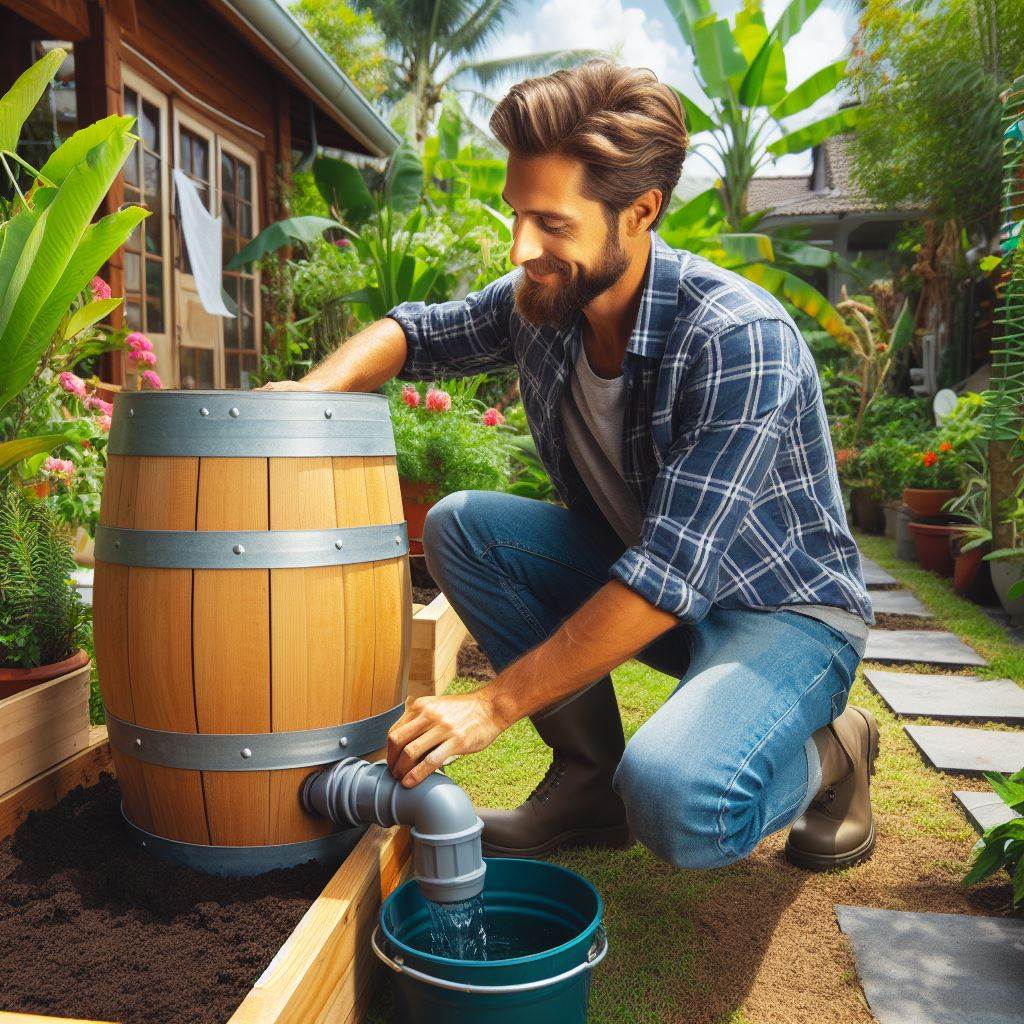
Explore Further: Indoor Gardening: Year-Round Harvests
Implementing Water-Saving Strategies
Having a small garden doesn’t mean you can’t enjoy the beauty and benefits of gardening.
By implementing water-saving strategies, you can not only conserve this precious resource but also save money on your water bill.
A. Collecting rainwater
One of the most effective ways to save water in your garden is by collecting rainwater.
Rainwater harvesting systems are cost-effective and easy to set up.
Here are some simple instructions:
- Choose a suitable location for your rainwater tank or barrel.
- Ensure it is close to a downspout to easily collect rainwater.
- Install a rainwater diverter or gutter connector to divert rainfall into your collection container.
- Make sure the container has a tight-fitting lid or screen to prevent mosquitoes and debris from entering.
- Regularly check and maintain your rainwater harvesting system to ensure it functions properly.
By collecting rainwater, you can have a readily available supply of water for your garden without relying solely on the municipal water source.
B. Reusing household water (gray water)
Gray water refers to the relatively clean wastewater generated from household activities such as washing dishes, doing laundry, or taking showers.
Instead of letting it go to waste, you can reuse this water in your garden.
However, it is important to follow safe usage guidelines and be aware of potential restrictions.
Here are some guidelines for using gray water in your garden:
- Use biodegradable and environmentally friendly cleaning products to minimize harmful effects on plants and soil.
- Avoid using gray water on edible crops that you plan to consume raw.
- Direct gray water to trees, shrubs, or non-edible plants rather than directly on the soil to prevent potential contamination.
- Avoid using gray water that contains excessive amounts of grease, oil, or chemicals.
Before using gray water, familiarize yourself with local regulations, as some areas may have restrictions on its usage.
Following these guidelines will allow you to conserve water and make the most of this valuable resource in your garden.
C. Watering during off-peak hours
Watering your garden during off-peak hours can significantly reduce water consumption.
By avoiding peak demand periods, you can benefit from improved water pressure and increased water efficiency.
Here are the benefits and best times for irrigation:
- Watering early in the morning or late in the evening helps minimize water loss through evaporation.
- Avoid watering during the middle of the day when temperatures are at their highest, as this leads to increased water evaporation.
- Watering during off-peak hours also helps maintain a healthier lawn and garden by reducing the risk of fungal diseases caused by moisture accumulation.
- Consider using a timed irrigation system to ensure your garden receives water at the most beneficial times.
By adjusting your watering schedule to off-peak hours, you can save water, reduce your water bill, and promote the overall health of your garden.
Implementing these water-saving strategies in your small garden can make a significant difference in water efficiency and cost savings.
Collecting rainwater, reusing household water, and watering during off-peak hours are simple yet effective ways to conserve water and create a sustainable and thriving garden.
Read: Herbal Mixes to Protect Your Plants
Maintenance Practices for Water Efficiency
A. Regular inspection and repair of irrigation components
- Inspect sprinkler heads to check for clogs, leaks, or misalignment that may waste water.
- Repair or replace any damaged or malfunctioning sprinkler heads, valves, or pipes immediately.
- Check the timer settings regularly to ensure optimal watering schedules based on plant needs.
- Clear any obstruction in the irrigation system, such as weeds or debris, to maintain maximum efficiency.
- Regularly clean the filters and screens in the irrigation system to prevent clogs and ensure proper water flow.
B. Monitoring soil moisture levels
- Use a moisture meter or probe to determine the moisture content of the soil.
- Water plants only when necessary based on the moisture levels, avoiding overwatering.
- Consider using moisture sensor systems that automatically adjust irrigation based on soil moisture levels.
- Group plants with similar water needs together to streamline irrigation and prevent water wastage.
- Utilize mulch around plants to retain moisture, reduce evaporation, and improve overall water efficiency.
C. Proper pruning and plant care
- Prune plants regularly to remove dead or diseased branches, reducing water needs and promoting healthy growth.
- Trim back overgrown plants to improve air circulation and prevent water loss through excessive transpiration.
- Remove weeds regularly as they compete for water with desirable plants and increase water usage.
- Avoid planting water-thirsty species in a small garden and opt for drought-tolerant plants instead.
- Provide adequate spacing between plants to prevent overcrowding, ensuring each plant receives sufficient water.
By implementing these maintenance practices, you can maximize water efficiency in your small garden while promoting healthy plant growth.
Inspecting and repairing irrigation components, monitoring soil moisture levels, and practicing proper pruning and plant care will not only save water but also save money in the long run.
Remember, being mindful of water usage is essential for sustainable gardening and environmental stewardship.
Conclusion
A. Recap of the main points discussed
In this blog post, we have explored various water efficiency tips for small gardens.
We discussed the importance of using mulch to retain moisture and reduce evaporation.
We also highlighted the benefits of using a drip irrigation system to minimize water waste.
Additionally, we touched upon the significance of grouping plants with similar water needs and collecting rainwater for irrigation purposes.
B. Encouragement to implement water efficiency tips
Now that you are aware of these water-saving techniques, it is time to put them into practice.
By implementing these tips, you can significantly reduce your water consumption and save money on your monthly bills. Remember, every drop counts!
C. Final thoughts on the financial and environmental benefits
Not only will these water efficiency practices help you save money, but they will also have a positive impact on the environment.
By conserving water, you are contributing to the preservation of this precious resource and reducing the strain on water sources.
Small changes in our daily gardening habits can make a big difference in the long run.
In closing, the key to achieving a beautiful and sustainable garden lies in adopting water efficiency strategies.
Make sure to follow the tips we discussed, and you will enjoy a lush garden while significantly reducing your water usage and expenses.
Let’s work together to create a greener future.

